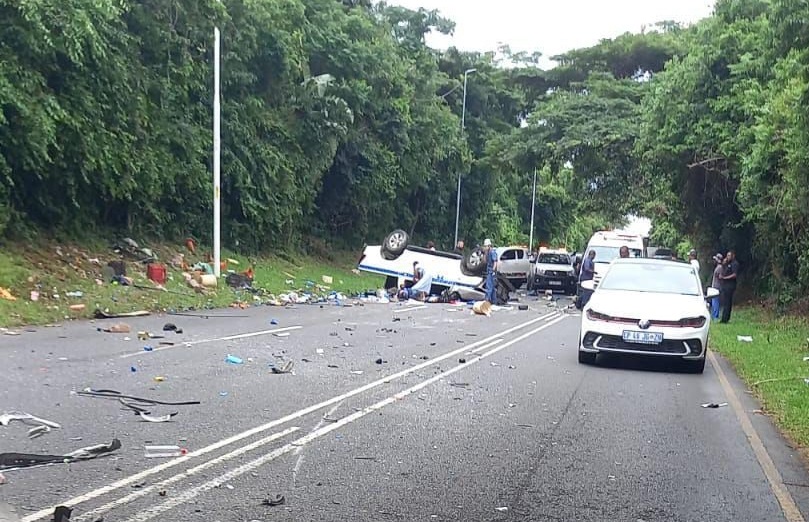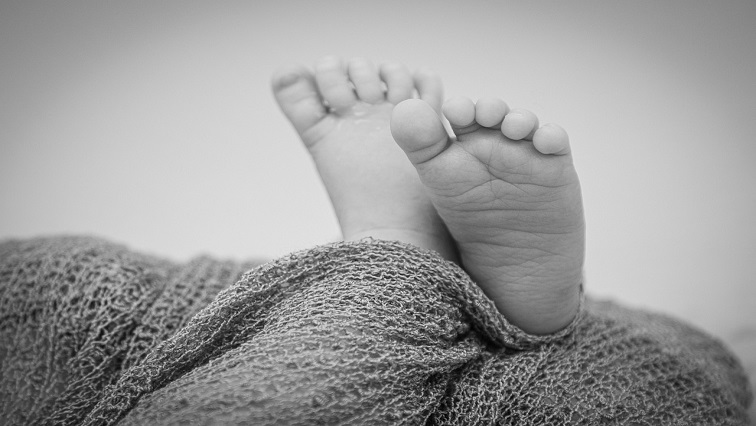The South African Department of Forestry, Fisheries, and the Environment has expressed deep concern over a potential avian influenza outbreak affecting endangered seabirds nesting off the coast.
As the management authority for the Prince Edward Islands, the department has developed a protocol for managing avian influenza in seabirds, in collaboration with Western Cape Veterinary Services and international experts to closely monitor the situation.
Prince Edwards Island, which lies more than two thousand kilometers southeast of South Africa, including Marion Island, has been declared a Special Nature Reserve under the South African Environmental Management Protected Areas Act.
State Veterinary Epidemiologist Dr Laura Roberts fears the impact avian flu could have on the island’s population. South Africa is responsible for the birds breeding on the island.
“If there are higher than normal numbers of birds dying along with those symptoms, we’re going to have to make a call. We can’t just wait for the test results next year. A lot of the reason for the publicity is to let other countries and partners who manage the Antarctic islands in the southern Arctic and Antarctica know what we’re seeing so they can also look out, so we can prepare, and they can monitor all these birds across their populations in the world.”
The virus is suspected to be of the same kind, which made its way from America, killing thousands of birds and marine mammals.
Roberts says any actions will be limited. However, it is important to know what the virus is to be able to quantify its effect.
“We are unfortunately limited. We can’t stop it; we can’t do anything significant, really, but we want to know what’s happening with our birds, and we want to, in the long term, be able to quantify what effect this had and what effect the other threats are having. We need to know what’s going on.”
Roberts says the avian flu has wreaked havoc around the island.
The islands are home to half of the world’s population of wandering albatrosses, which already face the impact of climate change.
“There are about 2000 chicks on the island at the moment where the outbreak is, and what’s really sad is that they’re now about 9 months old, and they’re just about ready to leave. Their parents have been feeding them for the last nine months since they hatched. and they are what is now dying in great numbers, and the numbers are going up. And this species in particular, the adults, only breed when they are around 7 years old; they only have one chick every two years, and that chick takes a whole year to raise. So it’s a huge loss if we lose this year’s chicks. It’s not just this year’s chicks; it has long-term consequences.”
Monitoring continues on the Prince Edward Islands, and in the meantime, everything possible is done to prevent the further spread of the dreaded disease.










